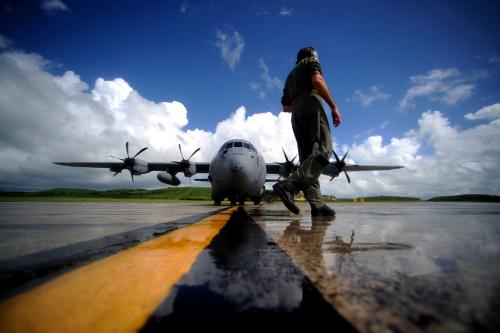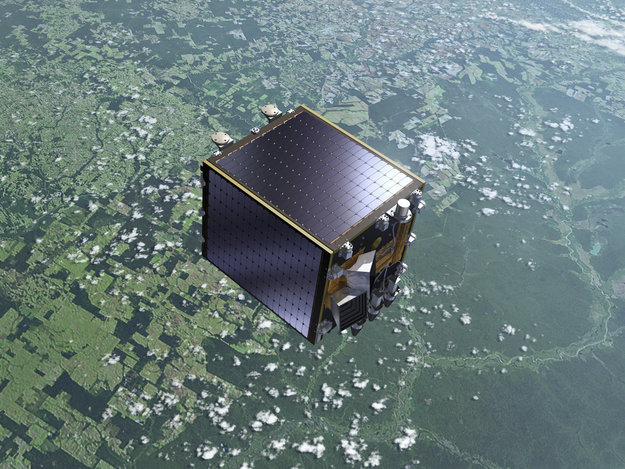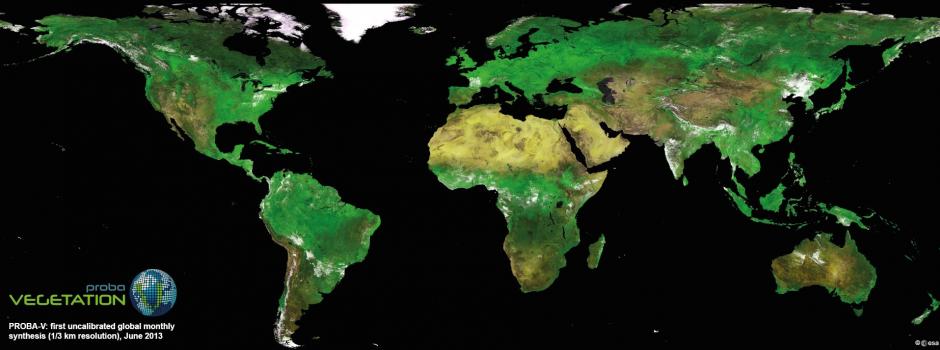
Measuring Hurricane Wind Speeds Using Distorted GPS Signals
Whether you call it a Hurricane or Typhoon or Cyclone depends on your geographic location. GPS/GNSS can pinpoint your location with sub-meter level accuracy anywhere on the surface of this planet (well, almost.. it doesn’t work so well near the poles). These are known facts, the question is can GPS help measure the wind velocity of hurricanes in a better and cost effective fashion than the current methods?
An article titled “The use of reflected gps signals to retrieve ocean surface wind speeds in tropical cyclones” published by a group of scientists working for NOAA and NASA explains how GPS signals can be used to measure wind velocity.
GPS satellites beam signals in the 1500 MHz range, these radio waves carry information regarding the ephemeris and almanac information of the satellites along with a time stamp that help compute the position of the receiver. These radio waves also get reflected off the surface of buildings, earth surface, water, etc. In the GPS industry, these reflections are called Multipath and the GPS antennas used by the receivers are designed to eliminate multipath signals.
However, these distorted signals have another purpose – Helping measure the wind velocity! So basically, a GPS receiver onboard the aircraft used by NOAA and NASA – the HURRICANE HUNTERS (What a name for a scientific experiment!!) receive both the good signals i.e. directly from the GPS satellite and the distorted signal from the surface below i.e. the ocean where the hurricane has formed. A computer then compares these signals and calculates the approximate wind speed with accuracy better than 5 meters per second. For the record, a Category 3 Hurricane has a wind velocity of about 55 meters per second!
Currently Hurricane Wind Speeds are being measured using a $750 equipment called Dropsondes. Dropsondes provide 10 times more precise wind speed measurements than the new method that utilizes GPS signals. But, since the dropsondes are so expensive, their releases are spread out around and in storms which means the data is not continuous and needs to be extrapolated. This means that both techniques will have to be used together atleast for the time being.
Well, I was wondering why not use other Satellite Signals that are more powerful than the GPS. Actually the researchers are planning to do that in the future. They are looking at recording the reflections of powerful satellite broadcasts from DirecTV and Sirius XM Radios.
NASA is also planning to launch a system of small satellites called the Cyclone Global Navigation Satellite System (CYGNSS), to measure reflected GPS satellite signals from low orbit to monitor storm wind speeds from space. Currently the measurements are being taken from the “Hurricane Hunter” aircrafts. The CYGNSS system will help measure and monitor wind speeds globally.
Measuring Hurricane Wind Speeds Using Distorted GPS Signals – Never did I even imagine that GPS can be used for this! Guess that why they say “Never assume, Never underestimate”!
Source: Phys.org









